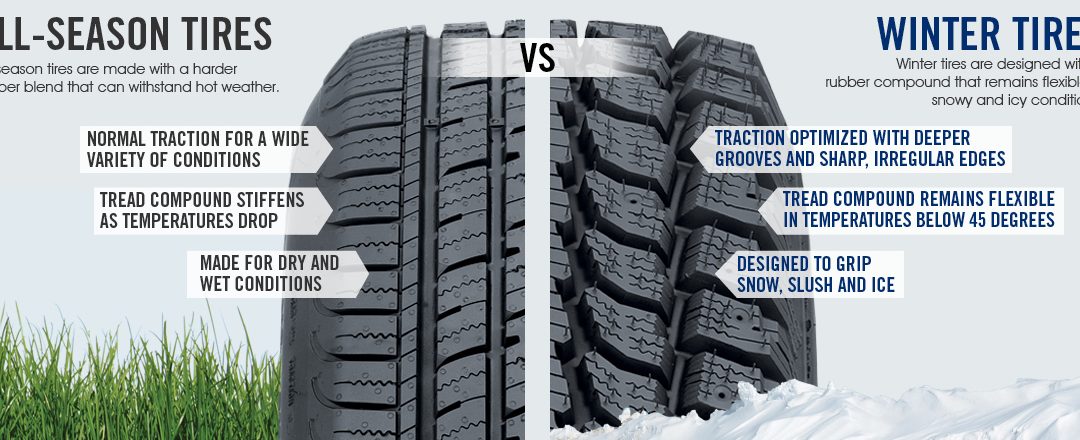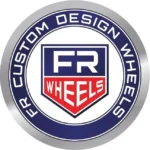4 season tires: advantages and disadvantages
Four season tires are used at all times and are a good alternative to winter tires. However, they have advantages but also disadvantages.
While the winter tire is of course the most suitable for use in winter, the four-season tires overcome the defects of the first, namely its significant cost but also storage difficulties. While the 4 seasons tire seems to have the ideal profile to replace winter tires as soon as the first frosts arrive, what is it really? We looked at this issue.
What are the differences between 4 season tires and the others?
Four-season tires are becoming more and more popular because they allow, in theory, to run all year round without any constraint. It should be noted that this specific tire model has characteristics that are common with winter tires and summer tires. For example, a four-season tire is certified when it is M + S (for Mud and Snow). Moreover, it is approved for use in winter as its braking and grip capabilities on snowy or icy ground are approved.
GOOD TO KNOW:
Each year, the biggest brands (Michelin, Goodyear and Pirelli in particular) launch a new range of 4 season tires. However, these tires represent only 1% of the market in Europe. However, according to the manufacturers, the European market is currently experiencing some growth.
It should be noted that an all-season tire can evolve both in summer and winter, the latter being able to withstand the highest and coldest temperatures. Nevertheless, compared to more targeted tires, the latter must find the right compromise between performance and safety. What’s more, the manufacturers themselves argue that a 4-season tire will not offer the same performance as a summer tire during the hot season. Conversely, the performance of such a tire in winter will be limited compared to those of a tire specially designed for the cold season.
Case Study: Should you buy a 4 season tire?
Faced with so many contradictions, it seems to us essential to note the advantages and disadvantages of all-season tires. Below, we offer you a complete profile of the benefits and apparent defects of this type of specific tire.
Advantage of 4 season tires
Four-season tires can truly provide service to users, as long as they are not too demanding and they are not on the lookout for improved performance. Altenzo ultra performance tyres are the one you may want to consider.
Time saving
Of course, the main advantage of four season tires is the fact that they are versatile, which means they save you valuable time. No need to change your tires during the year. Whether it’s fall, winter, spring or summer, you keep your tires no matter what.
A reduction in fees
Similarly, there is no need to buy tires for the summer or tires specifically for winter use. The flexibility and versatility of four-season tires allow you to lighten your expenses.
Sustainable efficiency
Another benefit of 4 seasons tires: long-lasting efficiency, which spreads throughout the year. This is a guarantee of efficiency but also safety for the driver, who can have full confidence in its all-season tires, able to brave the cold as the heat wave.
Disadvantages of 4 season tires
Nevertheless, the limits of 4 season tires are known. Indeed, they offer less commendable performance than the tires intended for a specific use. What’s more, their wear is also greater.
A just reasonable performance
Despite very balanced overall skills, all-season tires do not necessarily adapt to all circumstances. Thus, the braking and grip performance of this tire model remains limited. You probably will not be able to ride a lot in winter with a 4 season tire for example.
Earlier wear
Because of their grip adapted to all situations and seasons, the tires we study today wear out faster than normal. They are therefore less resistant than standard summer or winter tires.
Unecological use
You should know that using a four-season tire will consume more fuel. Indeed, because the all-season tire offers better rolling resistance, the latter is less environmentally friendly in the long term; It is therefore inevitably more expensive than a winter or summer tire.
Unreliable marking
Finally, the self-certification of 4 season tires is just a formality. This means that the M + S and 3PMSF markings (for Pics Mountain Snow Flake) are not 100% reliable, although traction and / or braking may still be very satisfactory (s).
The issue of insurance related to 4 season tires
In most countries, insurers do not require snow tires to be fitted on private vehicles in winter. In some foreign countries, however, this action is necessary and obligatory. We remind you that it is essential to maintain your tires in winter and summer by closely monitoring the pressure of the latter but also their wear indicator.
Please contact us for further information.



